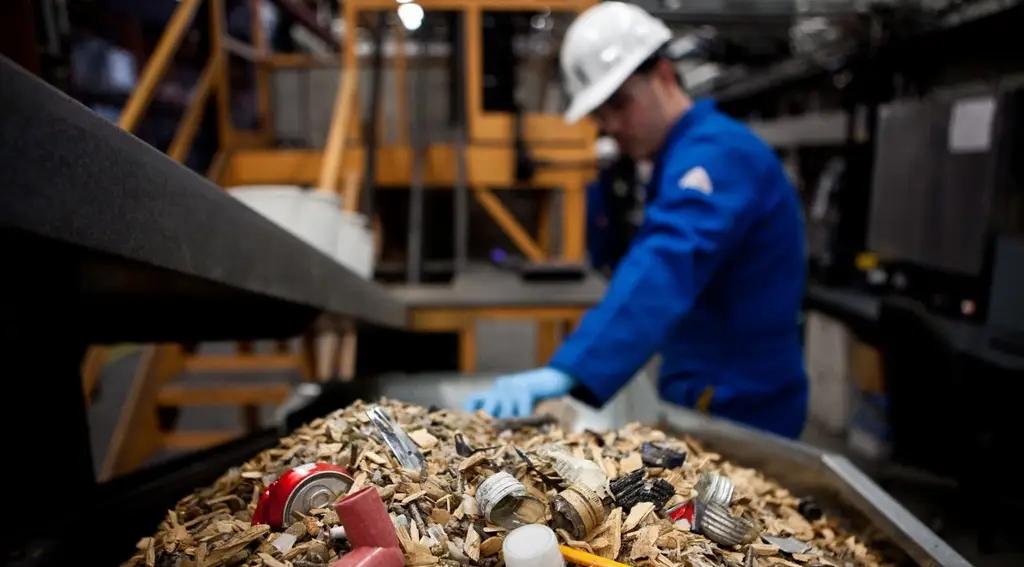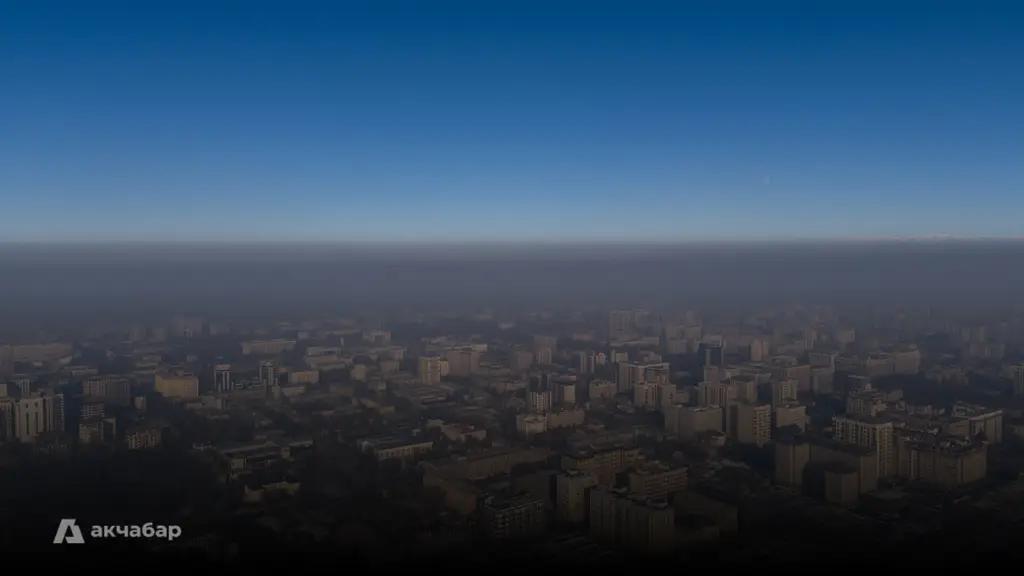
Published
01/13/2025, 18:16Bishkek regularly ranks at the top of global lists of cities with the most polluted air. The main reason for the deterioration of the environmental situation is generally considered to be the heating season, when the CHPP, traffic and the private sector are all contributing to the pollution. However, ecologist Sergey Krivoruchko argues that the key issue lies in the chaotic urban development of the capital, which has disrupted the natural air circulation and ventilation. He shared his opinion in an exclusive interview with the "Akchabar" news outlet.
— It's a complicated question, and there is no simple answer. Air pollution is caused by many factors: cars, the private sector and heating plants. These are the most frequently mentioned reasons. However, unfortunately, the contribution of developers is rarely mentioned, yet they are also responsible, and not insignificantly, if not primarily.
If we rank the sources of pollution from the least harmful to the most harmful, I would place cars last. Today, they are unlikely to be the main cause of the nightmare we see from the top of Boz-Boltok, looking at the city drowning in smog.
One of the main sources of urban air pollution, in my opinion, is the private sector. Around the capital, there are about 78 new residential areas, the majority of which are heated by stoves. In these stoves, coal, wood or fuel oil are burned, which leads to enormous emissions of harmful substances into the atmosphere. The scale of this pollution is truly catastrophic.
This is the main issue that needs to be addressed first and foremost.
— The chimneys of the Bishkek CHPP rise to a height of over 300 meters. This allows the smoke to be released into the upper layers of the atmosphere, where it disperses according to the wind direction. The harm from burning gas is much less for the city compared to burning coal at the heating plant, especially coal from Kara-Keche. When the heating plant operates on gas boilers, we mainly see warm water vapor in the chimneys, rather than smoke.
The main problem with smog lies in the city's development. Even if we completely shut down the CHPP, close all stoves in residential areas, and stop all cars, it is unlikely to significantly improve the situation. The fact is that the dense construction of high-rise buildings in the capital has disrupted the natural ventilation of the city, which was previously ensured by the movement of air masses.
Bishkek was originally designed with the features of air circulation in mind: the morning mountain breeze descending from the Alamedin and Ala-Archa valleys to the north, into the city, and the evening breeze rising from the north to the south, towards the mountains. This natural "breathing system" of the capital is now practically nonexistent. The daily breezes haven’t disappeared, but the main flow of air masses now moves at the level of the upper floors and rooftops of high-rise buildings. They are pushed upward by the over-heated asphalt and concrete of roads, sidewalks and buildings, warmed by the sun and car heat. This is how the grim thermal dome forms over the city. Of course, weather inversions also occur, when atmospheric pressure "traps" the capital under a heat dome, pushing the situation to a critical point.
I’ll repeat: even if all sources of pollution are stopped, the air in the city will not become cleaner. To your question "What should be done?", I can only offer a radical answer. It is necessary to remove the upper floors of high-rise buildings in order to attempt to restore the natural air circulation. Without this, unfortunately, the problem cannot be solved.
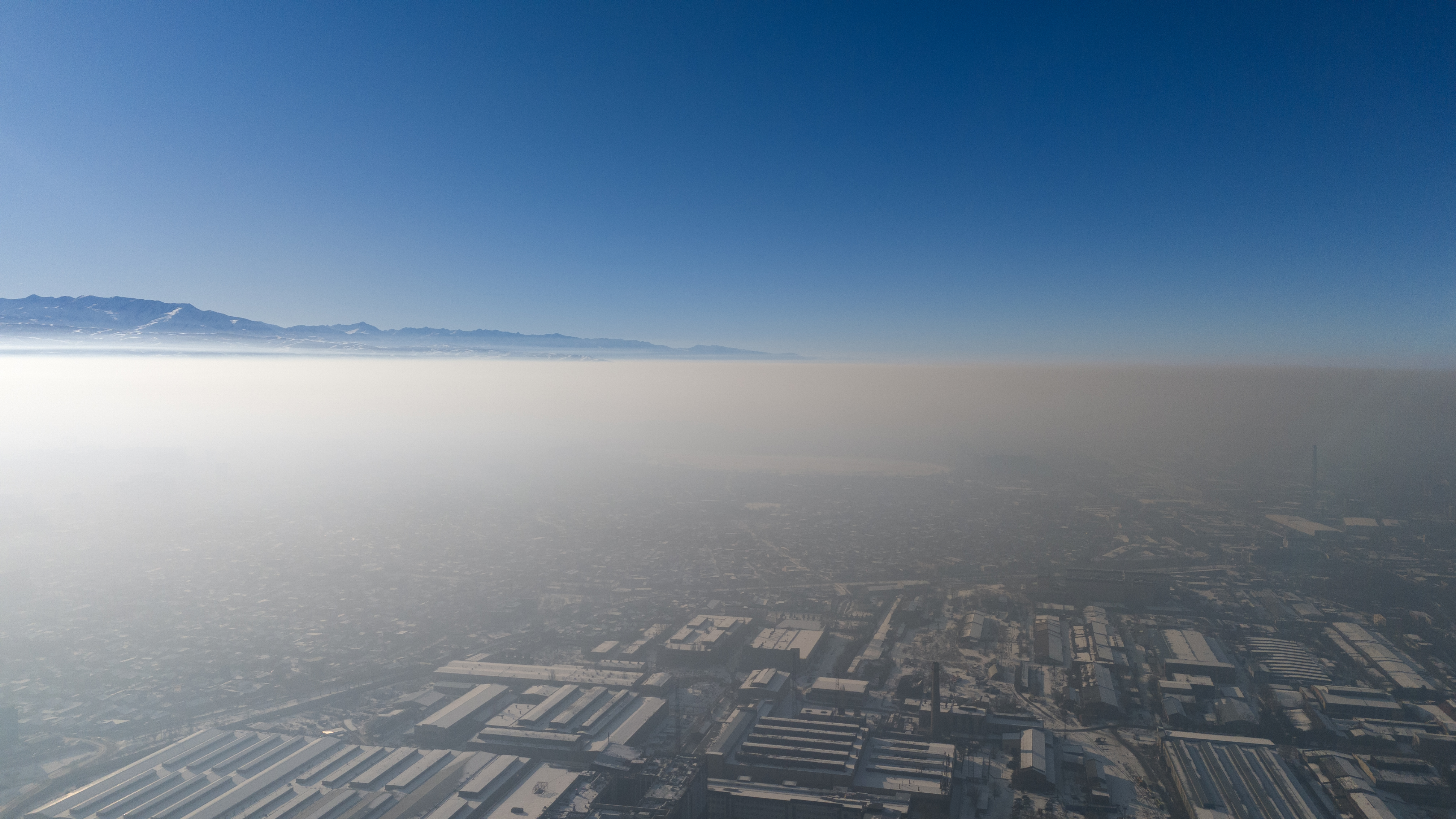
— Of course, there have been. Since 2014, not only I, but also various environmental movements, have repeatedly drawn the authorities' attention to the possible consequences. We talked about it at various forums, wrote on social media and provided assessments. Those who make decisions read social media. It was obvious when their reactions showed in one decision or another. They knew about all the risks. I state this with full confidence. They heard it — and don't say you didn't know.
If we're talking about this, allow me to delve a little into history. The master plan is an extremely complex and responsible process that requires highly qualified specialists. Its development involves numerous calculations, which are now assisted by computers and artificial intelligence. However, the key elements remain the methodology and the rules by which it is created.
The master plan consists of two main components: the Land Use and Development Plan (LUDP) and the Detailed Planning Plan (DPP). Without these documents, the master plan cannot be considered complete. Why do we see chaos today? It all started with the decision on so-called parallel design, made about five to seven years ago. This meant that the design of new buildings was carried out simultaneously with their construction. This is the first and most blatant violation of the LUDP. The second issue is that the DPP was adapted to fit ready-made projects, allowing the demolition of low-rise buildings in the city without considering long-term consequences. At the same time, such consequences should have been determined and adjusted through the state environmental expertise procedures. However, the activities of the State Construction Agency today are regulated not by national environmental protection legislation, but by internal departmental directives.
Changes in legislation were needed at the level of the Land Code, internal rules and regulations of the State Construction Agency and a return to the presumption of environmental danger for any urban planning projects within environmental legislation, as it was before in order to change the situation.
— What we see today is called economic development. In any country, construction acts as a driver of national economic growth: investments, salaries, employment, taxes and the social sector. An economic leap is sometimes truly necessary, even at the expense of the environment, but it requires a careful risk assessment. First and foremost, the resources that will be considered irretrievable must be taken into account. This assessment is carried out within the framework of environmental legislation, which serves as a restraining factor against excessively aggressive economic development.
From 1997 to 1999, Kyrgyzstan created one of the best environmental protection legislations in the post-Soviet space. However, later economic development demanded the softening of the established rules. The first attempt to undermine the foundational principles of construction restrictions occurred in 2007, when the idea of creating resort and recreational zones in Issyk-Kul was proposed at the ministry level. These zones were planned to be developed within the framework of the internal rules of the State Construction Agency, almost completely ignoring environmental protection requirements. At that time, Issyk-Kul province had two levels of regulation: national environmental legislation and special legislation for Issyk-Kul, which was a biosphere territory at the time.
As a result, a conflicting situation arose with the LUDP and DPP at the legal level. Why struggle with a complex LUDP when all the tasks can be combined into the DPP and the process can be expedited?
Business doesn't like complexity, especially when profit is so close, so the second level of restrictions (land use zoning based on the biosphere principle) began to be gradually eliminated, and today it no longer exists in Issyk-Kul. The precedent of parallel design (without the LUDP) and accelerated construction naturally turned into a practice that spread beyond Issyk-Kul province.
— Yes, because in the resolutions since 2007, if you carefully review them, the government requires the State Construction Agency to create a master plan for the development of territories, but there is no mention of the LUDP at all. Then, in 2009, with the introduction of the so-called regulatory guillotine, a huge number of subordinate acts were canceled. This included sanitary rules and norms (SanPiNs), which introduced justified regulation, requirements and standards, for example, regarding the number of people in a planned construction area, the distance to social facilities such as schools or kindergartens, sanitary and environmental standards, and technical safety requirements for residential areas, the spatial arrangement of green and quiet zones for special facilities, parks, water bodies, fountains, etc., including the number of green spaces per capita. All of this was based on the natural and climatic features of the developed areas, which could provide an understanding of the microclimate that would be formed as a result of implementing a particular project.
There were also regulations regarding the distances between residential buildings, which provided enough space for both the free circulation of air and for safety purposes in case of emergencies. These spaces were calculated taking into account sanitary and environmental standards, as well as local climatic conditions.
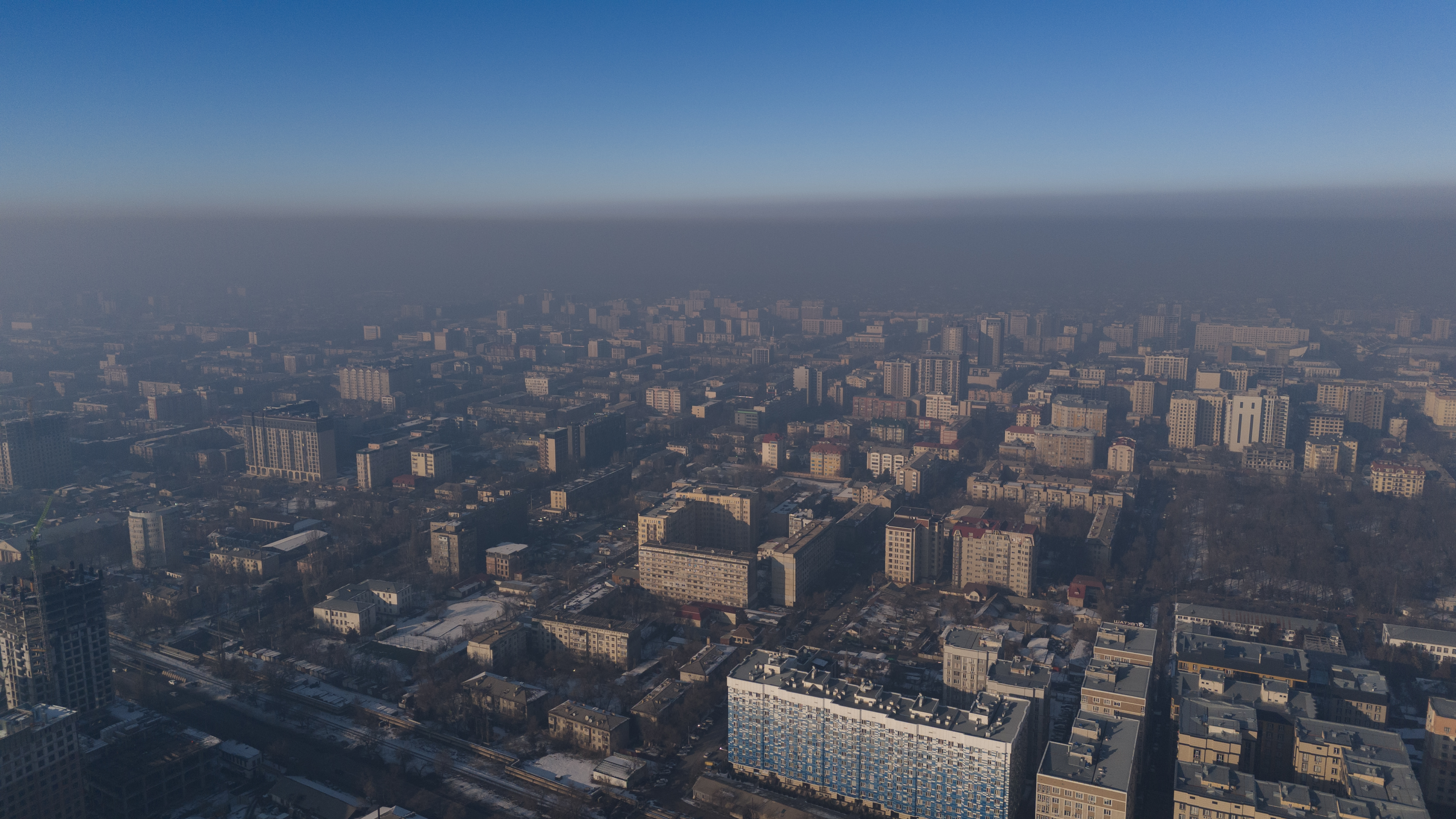
— In 2014, active revisions of environmental legislation began, leading to its degradation and weakening, and it was finally "finished off" between 2019 and 2024. Its current state aligns perfectly with the goal of economic growth and development. But now, there is no adequate system of checks and balances in place.
Economic development itself, measured by GDP growth and other numerical indicators, without proper control, always tends to lead to what is called a "bad infinity" (an infinity that does not include the concept of its own limit — author’s note). It was precisely the environmental legislation that should have been the system ensuring a balance between economic growth and various levels of security, including environmental and social issues.
— When it comes to land resources, in economics, a unit of land, for example, 1 hundredth of a hectare, has its cadastral value, meaning it is treated as a commodity and evaluated in a certain amount of money. It can be bought, sold, and its qualities can be determined — whether it is fertile, infertile, productive or unproductive, arable or not. In each case, it will have its own price. This is economics.
Land, especially fertile and arable land is not viewed in ecology as a commodity, but as a resource. In ecology, such lands are considered non-renewable, meaning, in essence, they are priceless natural resources. The difference in terms of long-term development is quite noticeable, isn't it? This is where the conflict arises.
Let's take the city, for example. Fertile and arable lands around it have been sold as commodities, which has effectively deprived the capital of its own, inexpensive source of food commodities. As a result, we now have 78 new residential areas on those lands, which are now part of the city. That is, a significant portion of Bishkek has been built... on fertile and highly valuable agricultural land.
The problem has reached such an impasse that today there are proposals to move the capital to another, ecologically healthier location. A place where people can live without worrying about their health or the health of their children, without horrendous traffic jams, stress and the waste of time spent commuting, which is comparable to the lifestyle in Moscow. That is, the suggestion is essentially to abandon the city in the pitiful, even depressing state to which we have brought it ourselves. This, of course, is an unserious approach. Who will we leave it to — our descendants? And how will they live here? I doubt they will thank our generation for it. This problem needs to be solved. And whoever takes on its solution will be a true hero, truly deserving of respect.
— Gasification is a good solution, but this issue requires a comprehensive approach. The situation will certainly improve, but gasification alone will not solve the smog problem. Let's say all 78 new residential areas around Bishkek are gasified and emissions of smoke and gases are significantly reduced. But what about the high-rise buildings that block the natural ventilation of the city? Even the expected minimum harmful emissions will still accumulate in the concrete wells of high-rise buildings and settle everywhere as black dust, just like today.
To solve this problem, as I see it, unpopular measures will also be required. In order to improve the ventilation of the capital, the height of residential buildings needs to be reduced. For example, in buildings taller than 9-10 stories, the upper floors could be dismantled. We also need to identify buildings and structures that directly block the flows of morning and evening breezes and decide what to do with them. But then another question arises: where do we put the people who currently live on these upper floors? It's a challenging task, but it still needs to be addressed. Perhaps it would be worth consulting with the city residents, conducting a wide survey, listening to their opinions, and based on this, come up with solutions to this problem.
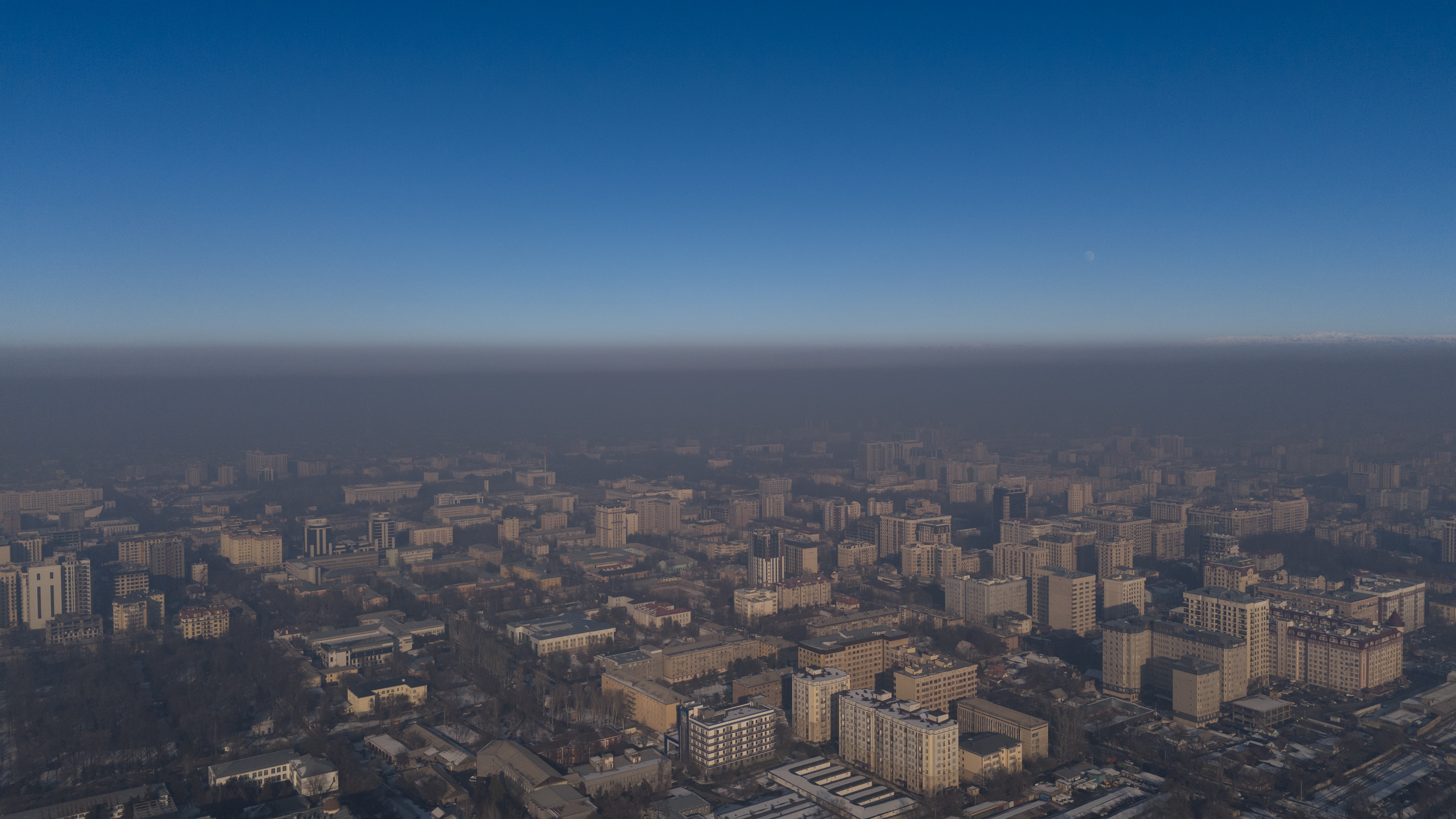
— I don't know, perhaps the Mayor's Office has such data. But statistics by themselves are a passive tool if they are not backed by legislative power. Since the sanitary norms were abolished in 2009, these statistics lost their legal force. However, during the Soviet era, when Frunze (now Bishkek) was being planned and built, such urban planning norms were specifically developed for Central Asian countries, including Kyrgyzstan, taking local climatic conditions into account.
Nevertheless, we can see that the number of green spaces in the city has decreased. There are fewer of them now than there were 30-40 years ago. The relentless plans for "renovation", as they are called by the proponents of dense urban development in the capital, include multi-story construction on the racecourse territory, turning the Western bus station into another business-market center, and it seems that the territory of the "Kyrgyzfilm" studio will also be under construction. As a result, the city will lose the remaining areas free of high-rise buildings—zones that help disperse pollutants. These open areas heat up two or three times less than those covered with asphalt and concrete, and temperature differences create local convective currents, which lift dense, polluted and warm air into the upper layers of the atmosphere.
If we want to revitalize Bishkek, I would suggest suspending all prospective new construction projects until full requirements and regulations for the development of the Master Plan are established, excluding any clever commercial tricks with vague formulations. First, it is necessary to develop adequate requirements for the creation of LUDP, with these requirements reflected in the DPP. The rules must be clear, understandable and free from ambiguities that could lead to legal conflicts, particularly with environmental legislation. And, of course, the current practice of parallel construction and design is in no way helping to normalize the situation.
— The most effective "ventilator" that could help in this situation would be the restoration of the irrigation system and a mass of green plantings along these irrigation channels, as it is somewhat preserved in the Dzherzhinka area. This is precisely the natural mechanism of ventilation, cooling, convection and air purification in the city, which would also contribute to the formation of local dynamic volumes of air masses.
The city is overly filled with concrete and glass buildings that heat up throughout the day. In the evening, when the sun sets, they begin to release (radiate) the large volumes of heat accumulated during the day. The cold atmospheric air presses down on this warm dome, trapping it over the city. In winter, this results in smog, and in summer — heat and stuffy nights. Green spaces, low-rise buildings and areas free from high-rise construction heat up much less than the continuous asphalt, concrete and metal surfaces. This creates a temperature gradient, which will cause the air masses to move. As a result of the mixing of air masses, some of the pollutants will fall to the ground, while lighter ones, lifted by the warm air, will rise and spread across a large area. Additionally, trees, by absorbing carbon and nitrogen from the urban air, act as natural filters and use these and other components to build their "bodies".
Green spaces, not just as individual trees, but as forests or groves like the Karagach Grove, Oak Park or the Botanical Garden, are vital for the capital as a guarantee of a healthy atmosphere for the well-being of its residents.
Ideally, it would be great to see open spaces immediately behind "Asanbai" and the southern foothills transformed into a continuous forest park area. In summer, the forested foothills will heat up less, while in winter, they will accumulate additional moisture and act as a kind of "pneumatic pump," working on the temperature difference between the air masses, helping to move the stagnant city air.

